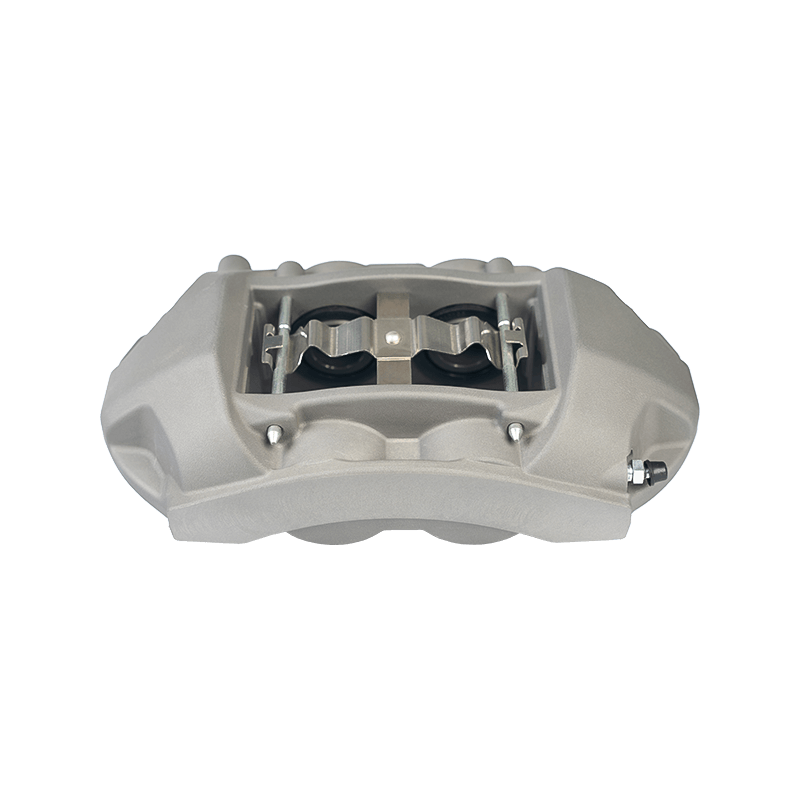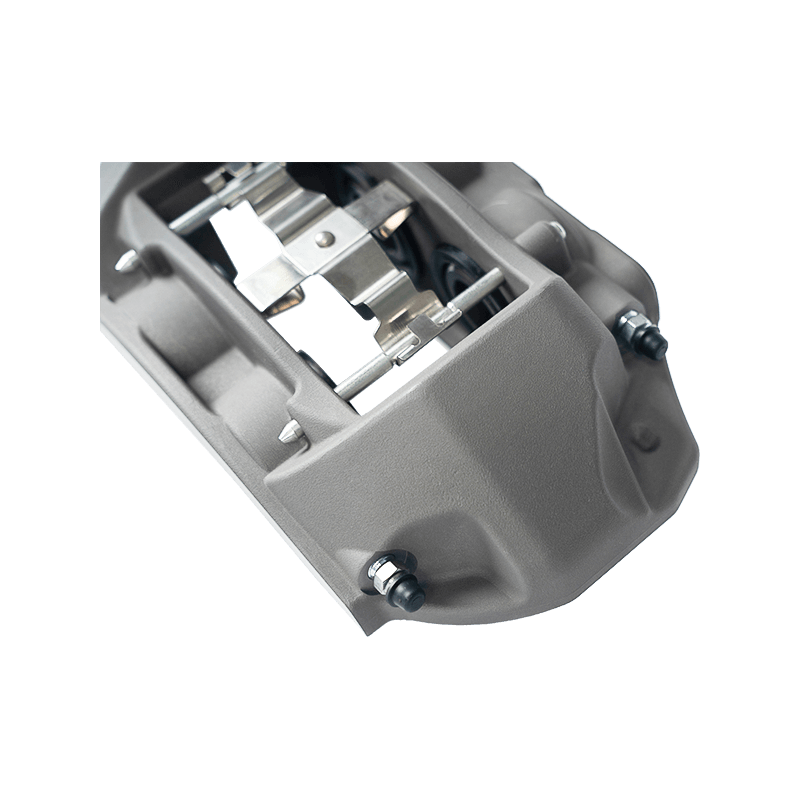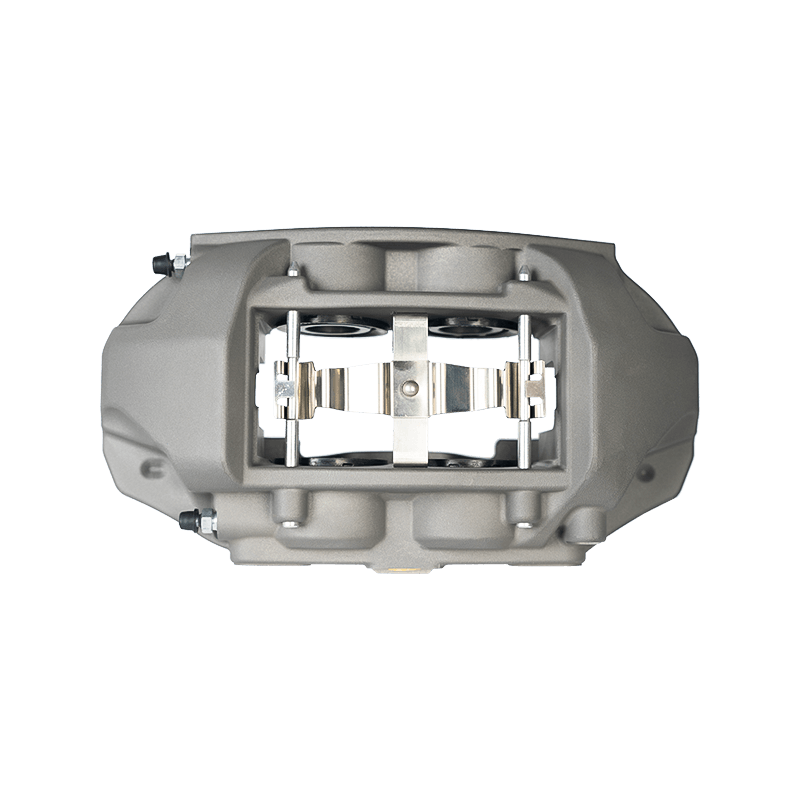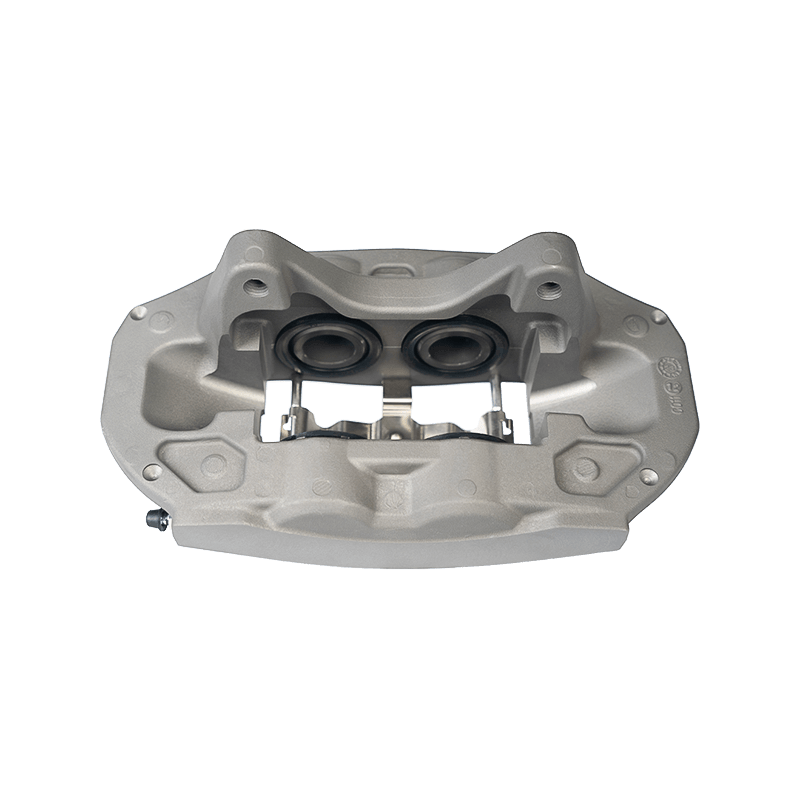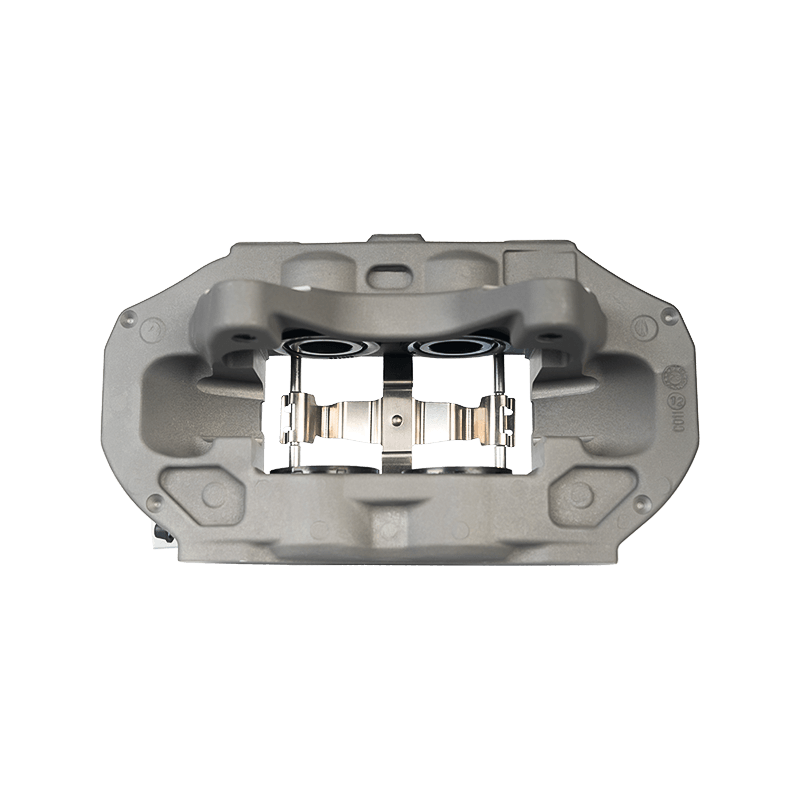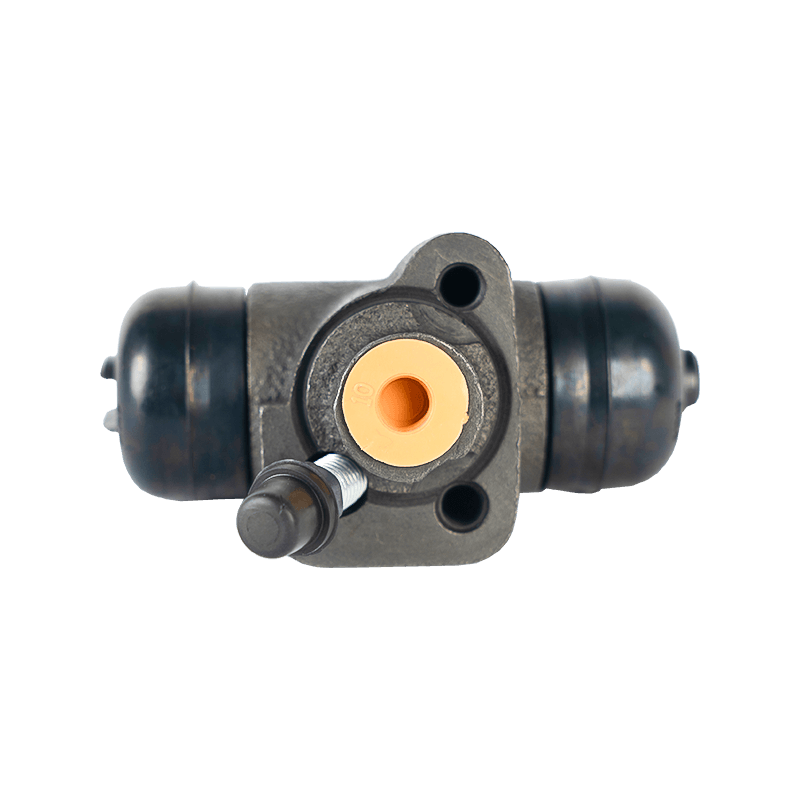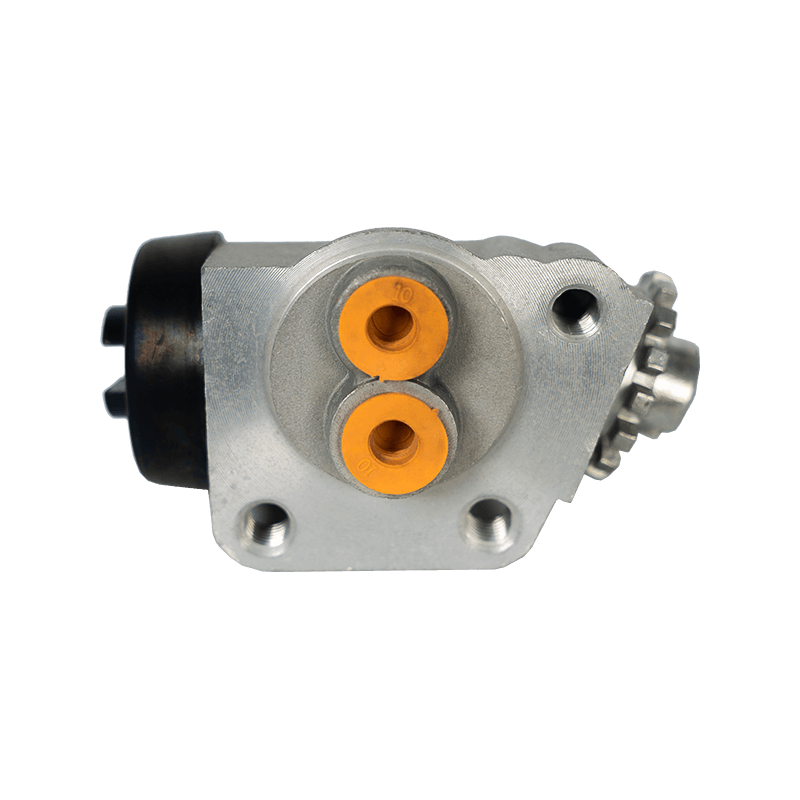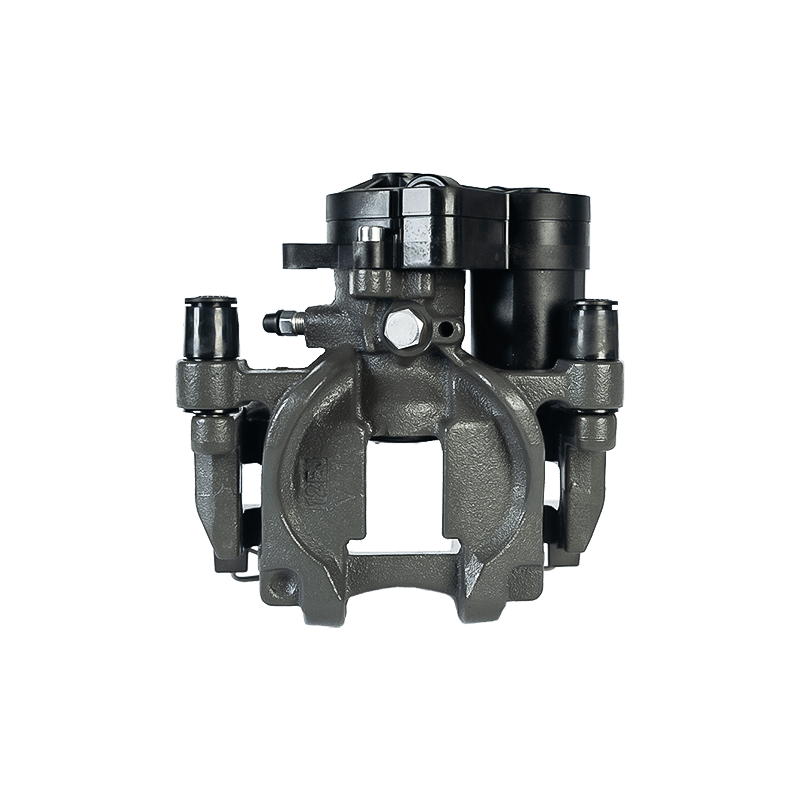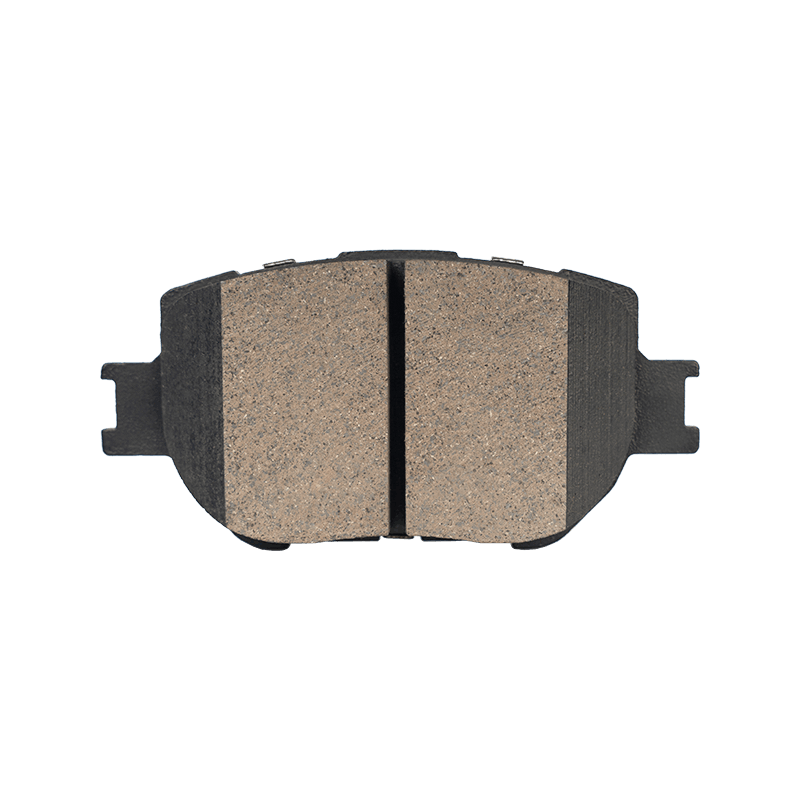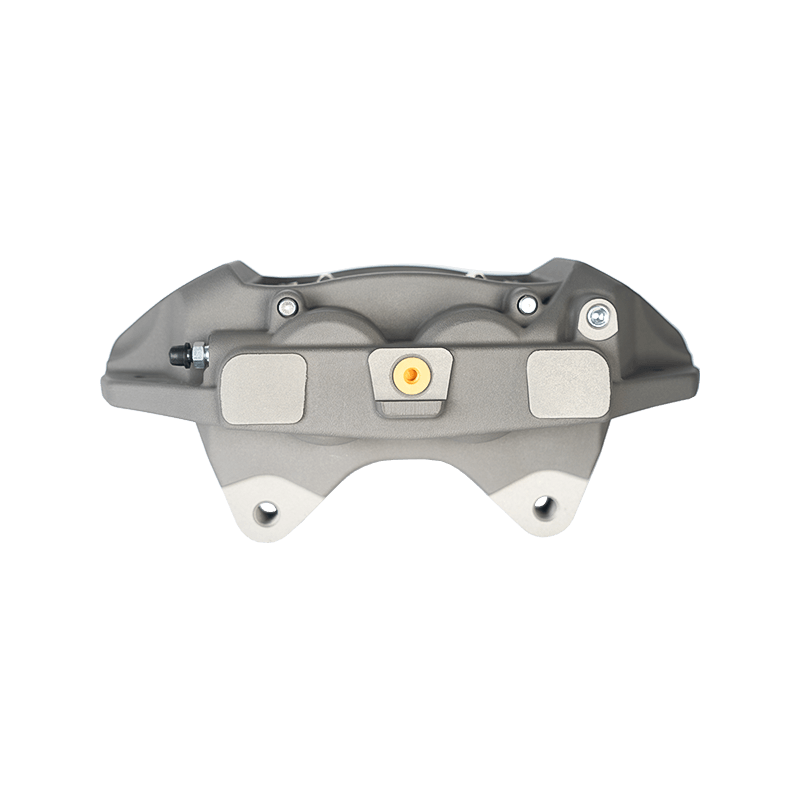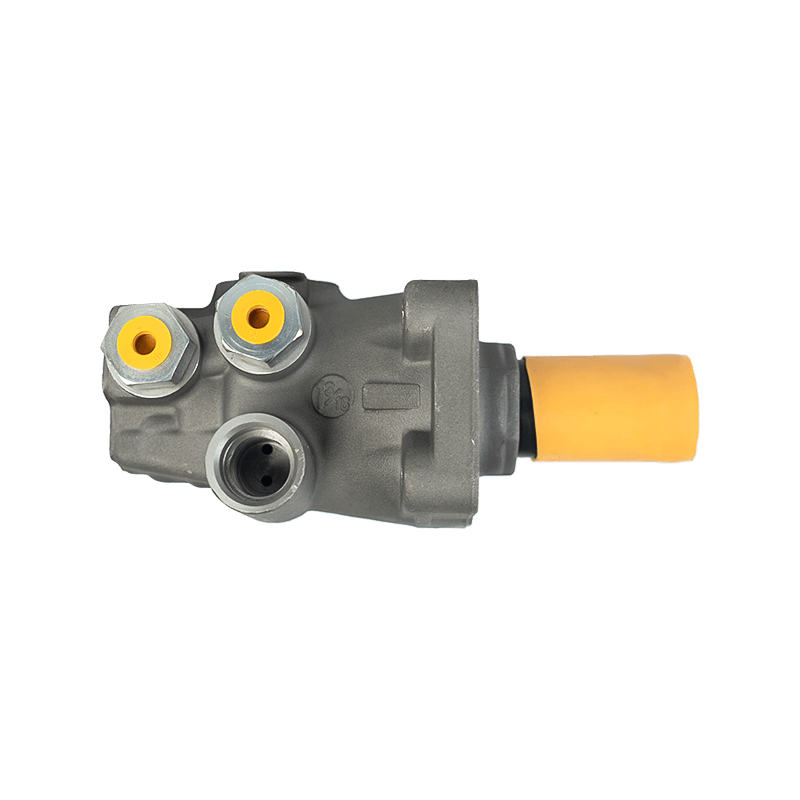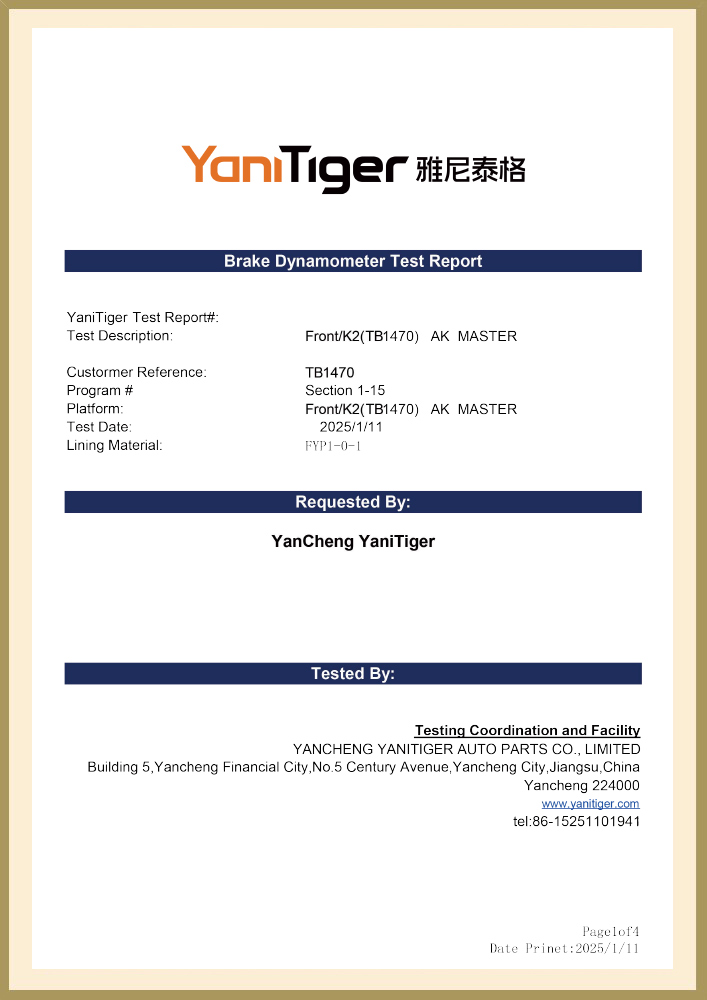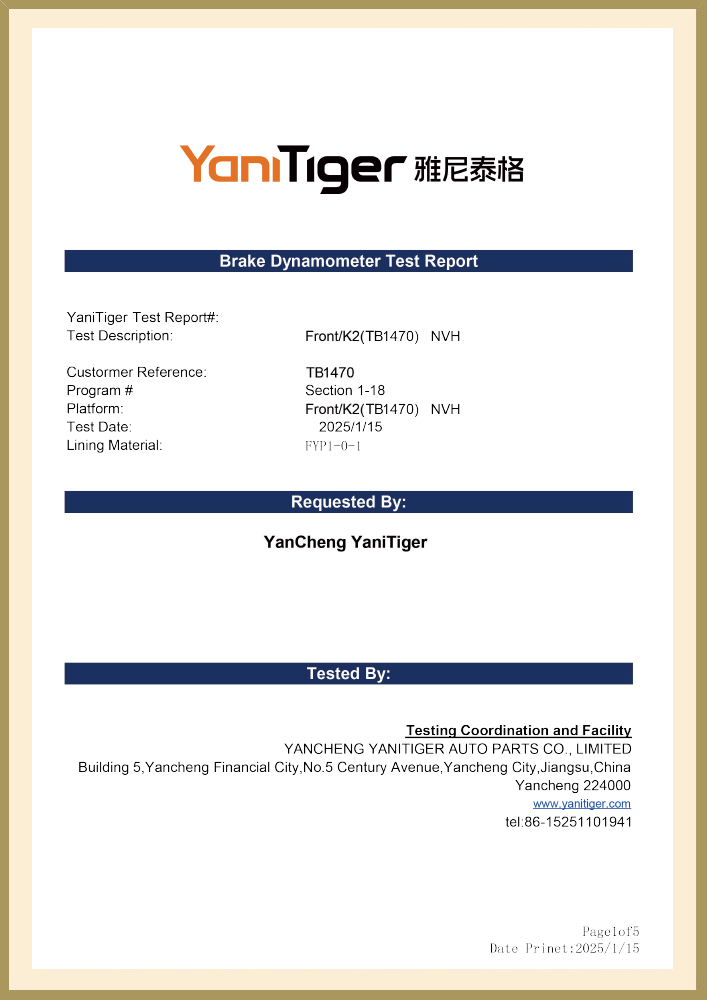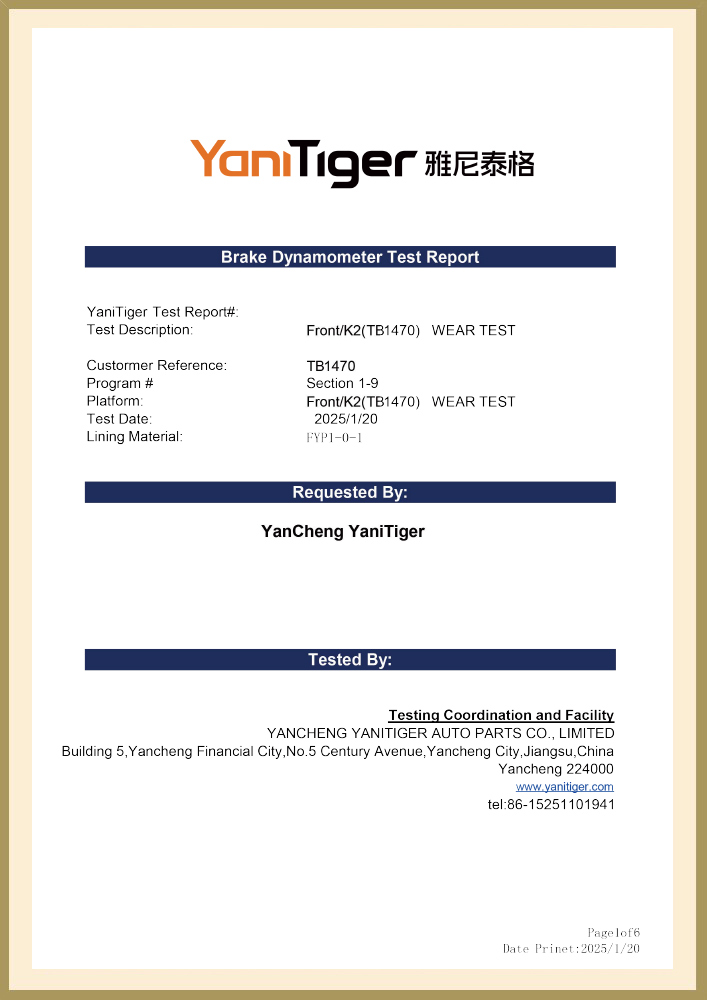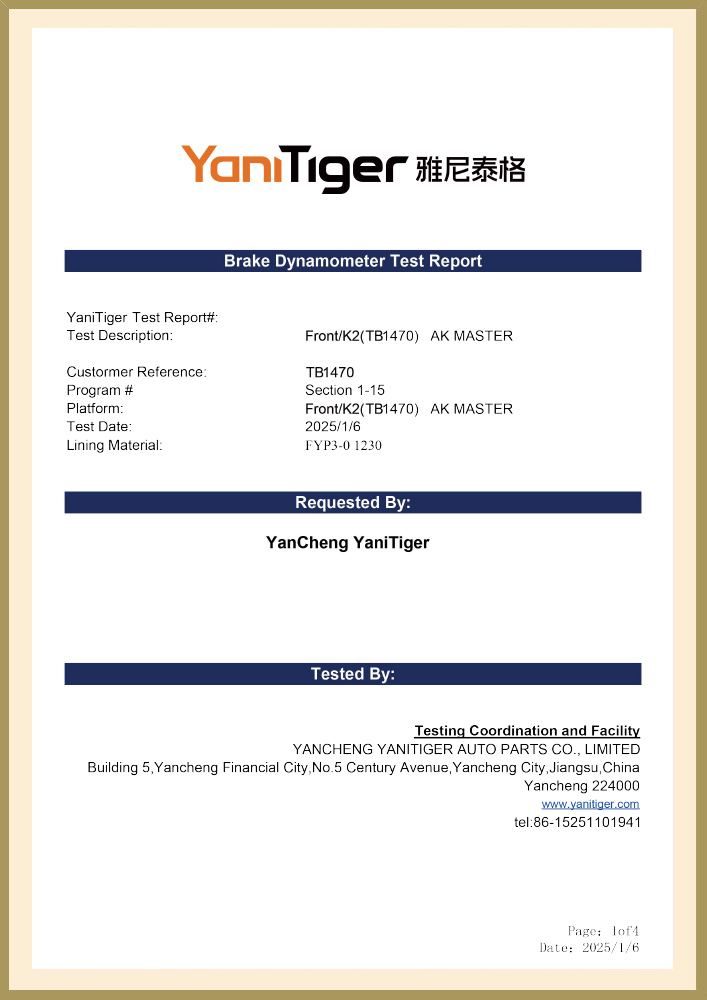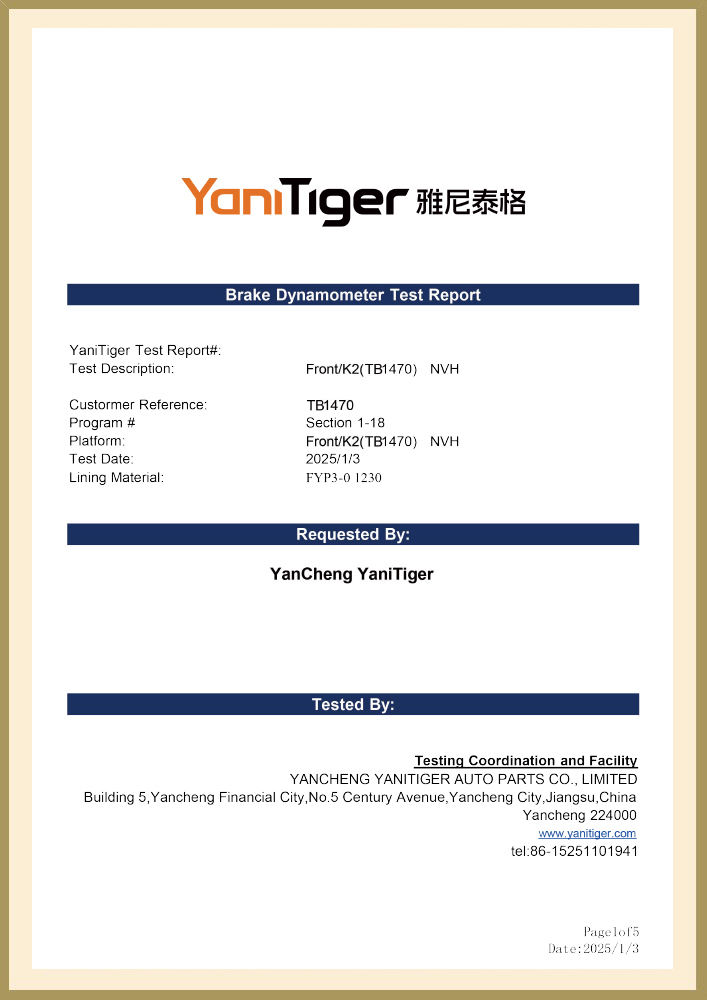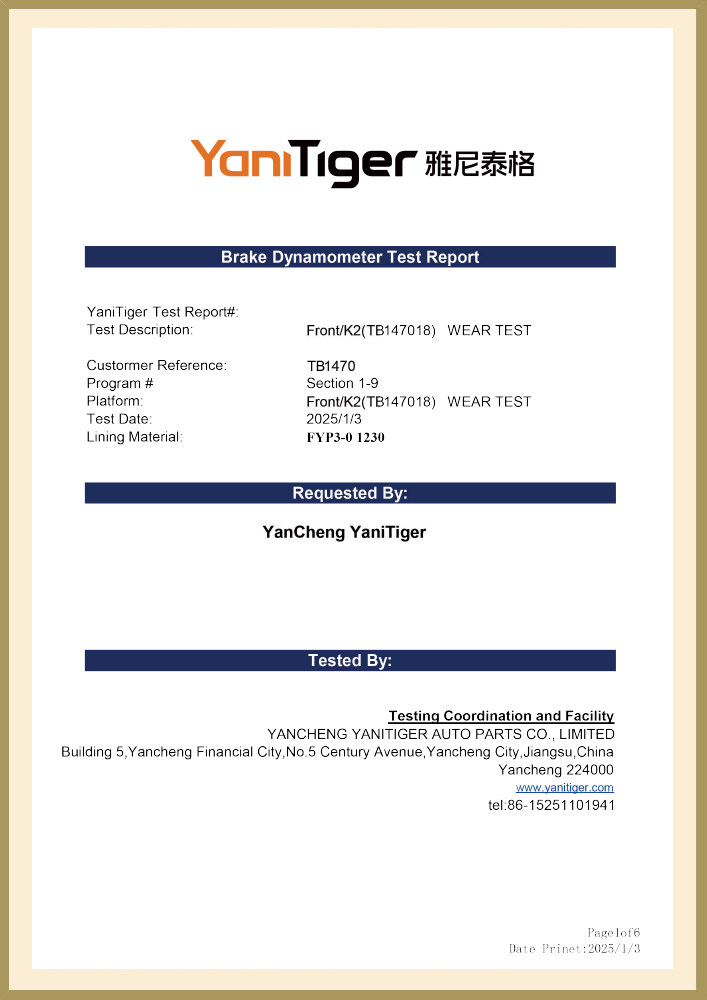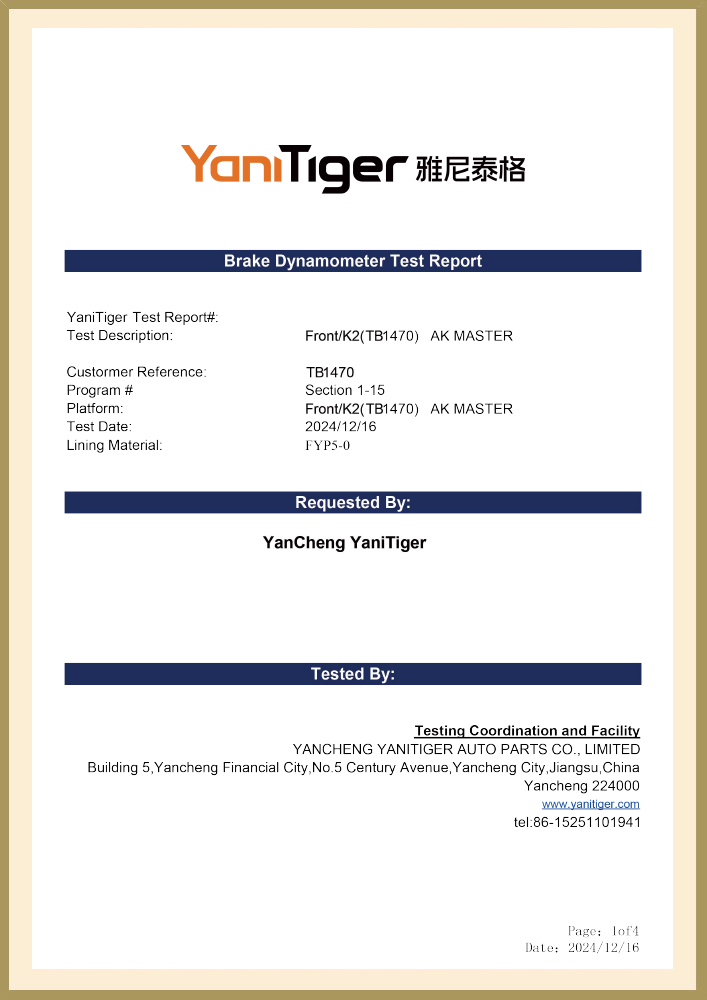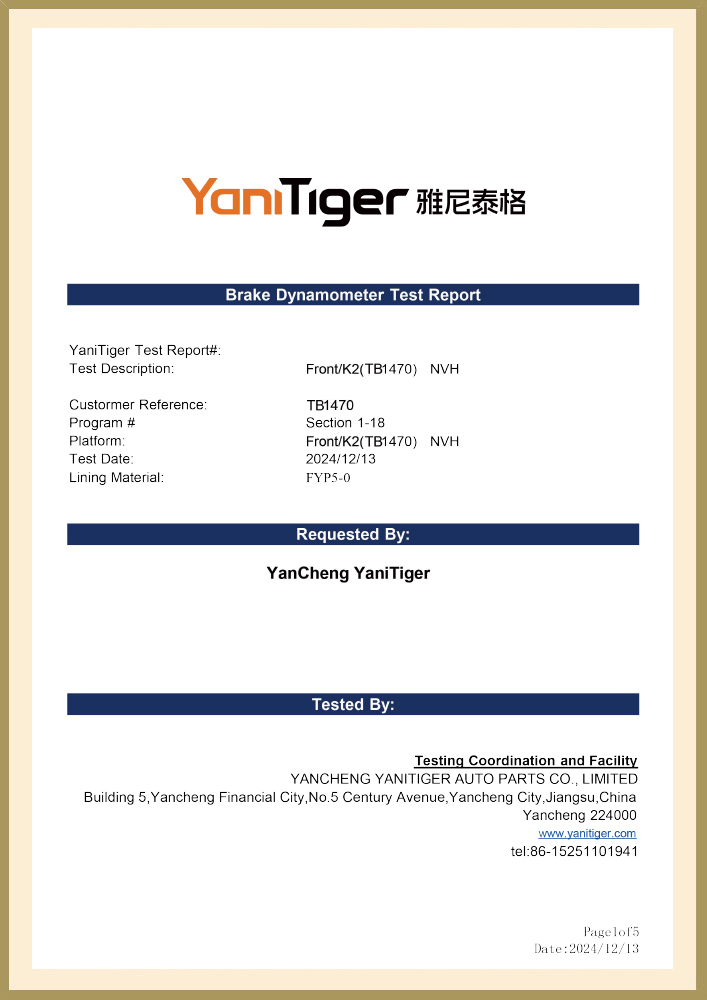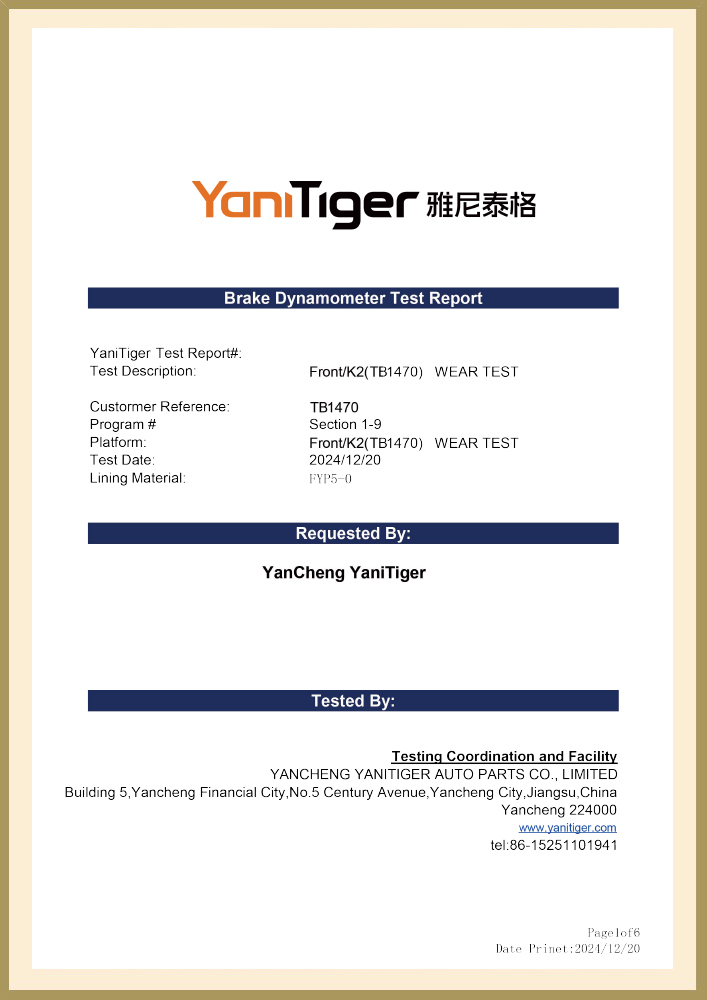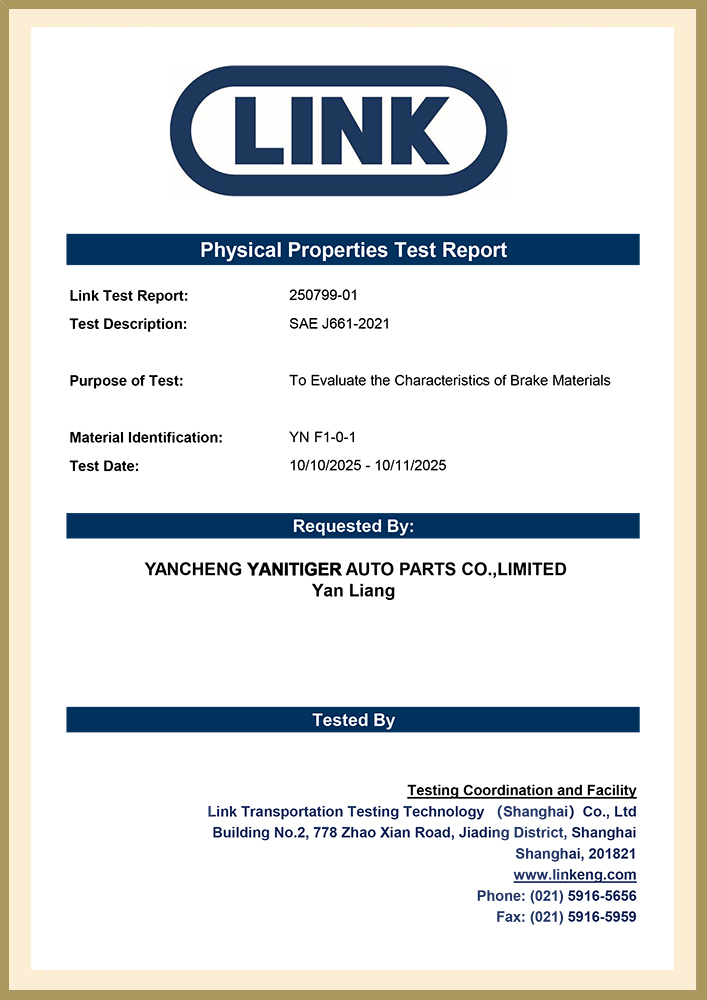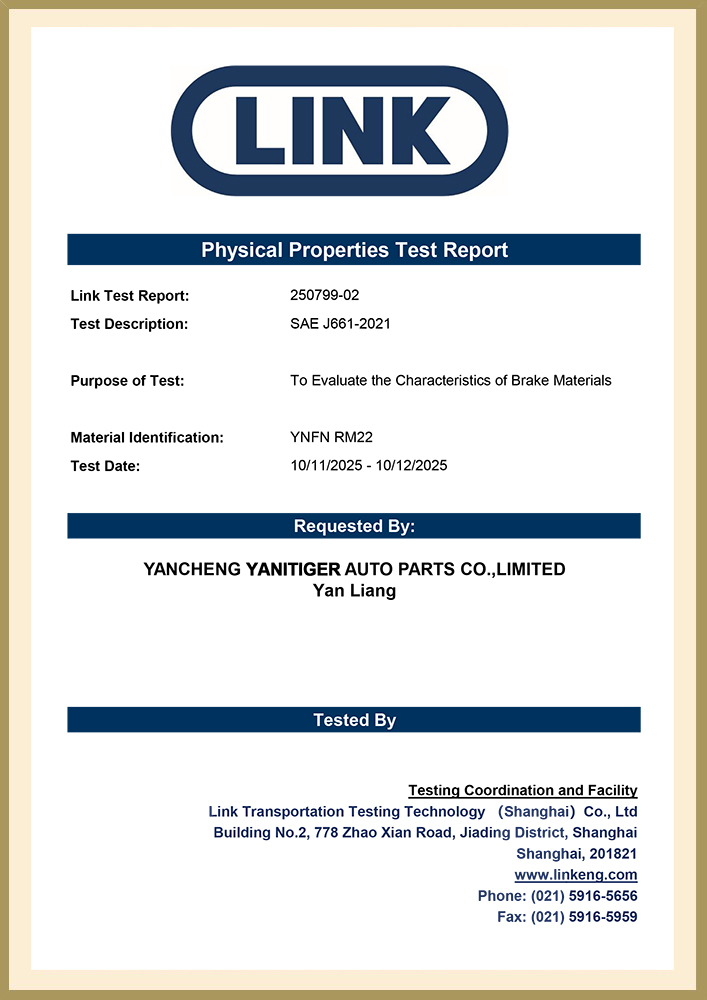Specifications
KEEP IN TOUCH
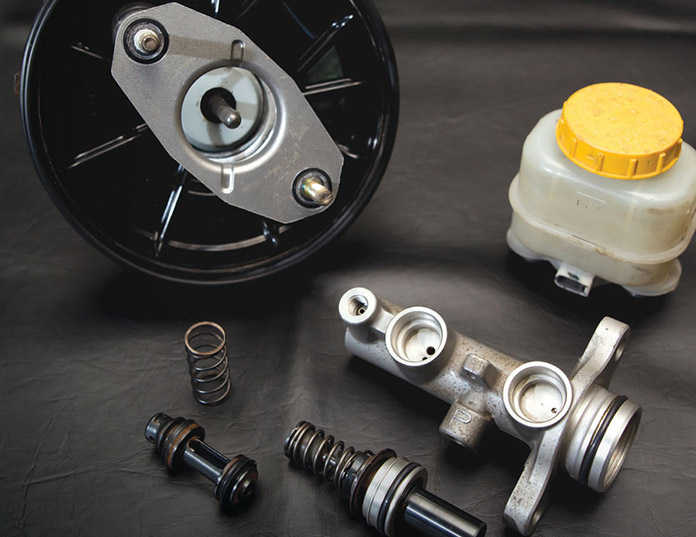
We have more than 1,000 brake shoes and brake pads for European, American, Russian, Japanese and Korean cars. The associated factories have created a highly experienced manufacturing team that exports thousands of auto part products worldwide. High quality and competitive prices are our targets. Our products have gained the certifications of ISO9001 and TS16949. We have built up a solid reputation with our customers in more than 30 countries.
We are looking forward to having a brighter and more successful business in the near future together with all of our clients all over the world.
-
Brake pads are undoubtedly one of the most important safety components in car maintenance. Among the many types of brake pads, ceramic brake pads and ...
READ MORE -
The hydraulic braking system is one of the most critical safety components of a car, and the master cylinder (brake master cylinder) is the "heart" of...
READ MORE -
Choosing the right brake pads is crucial, as it directly impacts your driving safety, driving experience, and vehicle maintenance costs. Step 1: Under...
READ MORE -
1. Ensure Braking Performance and Safety The coefficient of friction between the brake pads and brake discs directly determines the braking effect. An...
READ MORE
As the exclusive high-performance brake component for Tesla Model S/X/3/Y and other models, the 104462100 brake caliper has redefined the safety braking standard in the electric era with its material technology and intelligent design. This caliper is specially optimized for Tesla's 800V high-voltage platform and intelligent driving system. It is made of carbon fiber ceramic composite material. The weight of a single caliper is only 3.8 kg, which is 65% lighter than the traditional cast iron caliper. At the same time, the compressive strength exceeds 420MPa, and there is no need to install flange gaskets or adjust the wheelbase.
The friction layer of the brake caliper adopts a graphene-enhanced silicon carbide ceramic matrix, with silicon carbide particles accounting for 40%, and a Mohs hardness of 9.5. With the laser-engraved honeycomb microporous structure, the friction coefficient is stable in the range of 0.48-0.52 during emergency braking at 100km/h. The piston system uses a titanium-aluminum alloy gradient piston group. The 42mm diameter main piston and the 36mm auxiliary piston work together through a dynamic pressure distribution algorithm. With the Tesla Booster brake booster, the 100-0km/h braking distance is shortened to 31.6 meters.
In the driving scene, its built-in MEMS micro-electromechanical sensor array can monitor the friction surface temperature, pressure distribution and wear in real time. The data is transmitted to the Autopilot system at a rate of 10Mbps through the on-board CAN-FD bus, predicting the braking demand 0.5 seconds in advance and optimizing the energy recovery strategy.
 Search
Search
 Eng
Eng 
 English
English Español
Español Português
Português


